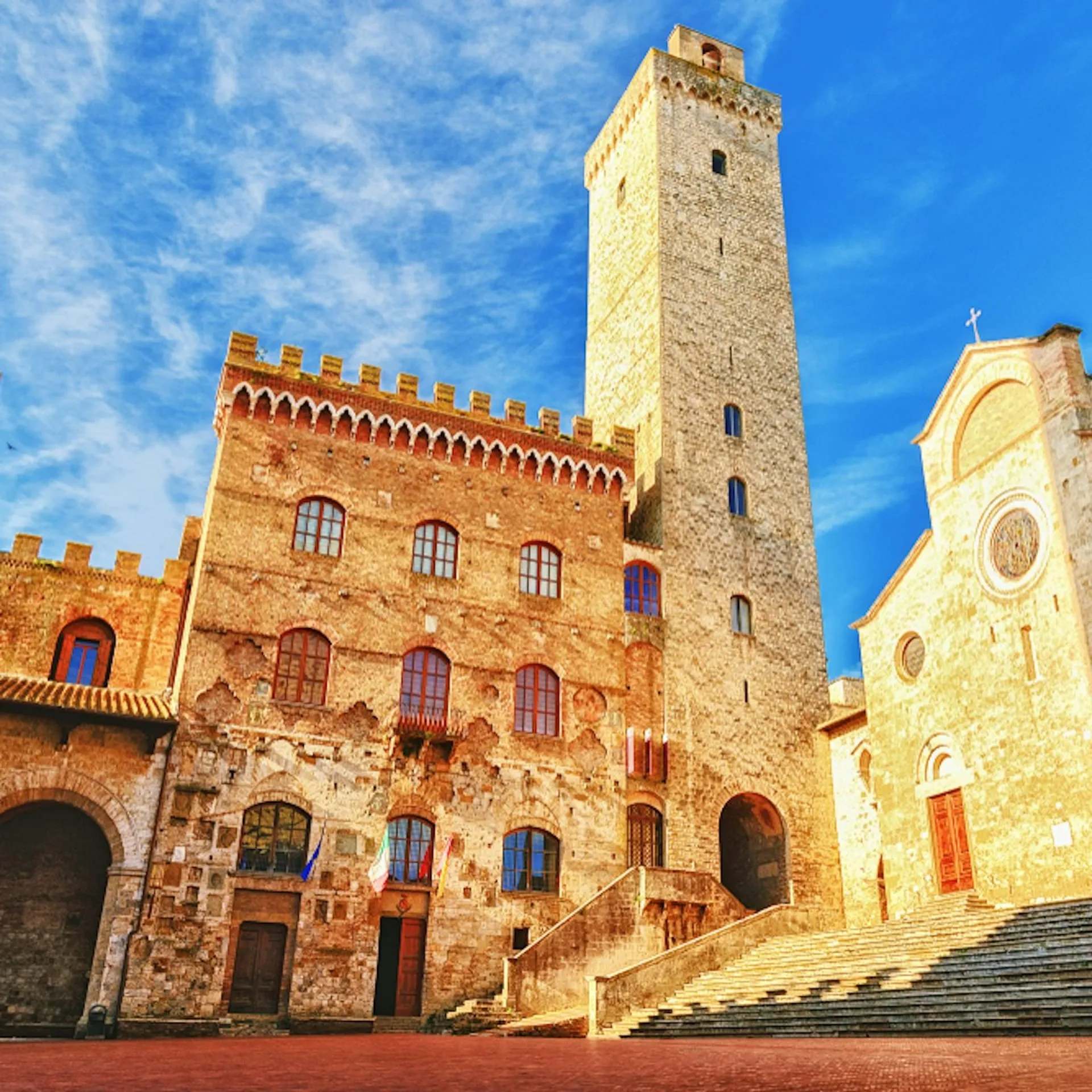Back to what to see
history
San Gimignano History – From Etruscans to Medieval Towers
Explore the rich history of San Gimignano, from its Etruscan origins to its growth as a medieval town of towers in Tuscany.
1/21/2025
15 min read

History of San Gimignano
San Gimignano has origins dating back to the Etruscans, but it became prominent during the Middle Ages. Its strategic position along the Via Francigena, a major pilgrimage and trade route, allowed the town to flourish economically and culturally.
Medieval Prosperity
- Tower Construction: Wealthy merchant families built towers as symbols of power, competition, and prestige. At the height of its prosperity, San Gimignano had over 70 towers.
- Trade and Economy: The town prospered due to trade in agriculture, wool, and crafts. Its location attracted pilgrims, merchants, and artists.
- Political Influence: Governed by a council of wealthy families, San Gimignano was autonomous for much of the Middle Ages.
Decline and Preservation
- Economic decline after the 14th century, caused by wars and the Black Death, inadvertently preserved the medieval structures.
- Today, the town is a UNESCO World Heritage Site, providing a glimpse into medieval Tuscan life and architecture.
- Historic buildings, frescoes, and churches remain remarkably intact, attracting scholars, tourists, and artists.

Dr. Luca Bianchi, Historian
Tags
San Gimignano
History
Tuscany
Medieval Town
Comments (0)
Leave a Comment
Loading comments...